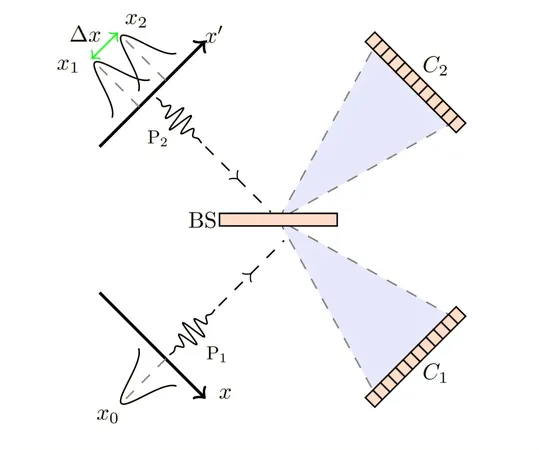
Unlocking Super-Resolution: A Game-Changer in Quantum Imaging
2025-05-14
Author: Emma
Revolutionizing Imaging with Quantum Physics
A groundbreaking study from the University of Portsmouth reveals a thrilling new approach to enhancing our ability to distinguish between closely spaced light sources—an ongoing challenge for conventional imaging systems.
Harnessing Quantum Interference for Greater Clarity
Published in the prestigious journal *Physical Review Applied*, this innovative technique leverages quantum interference principles to estimate tiny separations between light-emitting objects, paving the way for future applications in diverse fields such as microscopy, astronomy, and remote sensing.
Traditionally, the resolution of these imaging systems has been constrained by the Rayleigh criterion, a century-old rule that defines the limits of classical resolution. This new research suggests a relatively simple quantum arrangement could break through this barrier.
A Step Beyond Classical Limitations
Leading the charge, Professor Vincenzo Tamma, Director of the University of Portsmouth's Quantum Science and Technology Hub, explains, "Our study indicates that it is theoretically feasible to achieve super-resolution in determining the transverse distance between two faint distant thermal sources by measuring interference at a beam splitter involving a photon from either source and a reference photon prepared in the lab."
Although this concept hasn't been tested experimentally yet, the results showcased in the study hint at an efficient implementation using existing technology, all without the need for complicated optical setups.
Breaking Down the Methodology
This clever method employs two cameras to observe two-photon interference at the output of a beam splitter. By analyzing the detection positions registered on the cameras—whether they register the same position or not—scientists can accurately measure distances between light sources that traditional methods simply can't resolve.
From Theory to Reality: Challenges Ahead
While the precision of these claims is built on simulations and theoretical models under ideal conditions, researchers acknowledge the hurdle of practical setbacks such as noise and photon losses that could arise in real-world applications.
Nevertheless, the simplicity of the proposed setup positions it as a promising candidate for experimentation.
The Future of Imaging Awaits!
As Professor Tamma succinctly puts it, "This could lead to an efficient way to enhance resolution in imaging objects beyond the classical limit. If confirmed in practice, this could revolutionize how we capture sharper images!" However, the path forward remains a quest to verify the method's performance outside of controlled lab conditions.
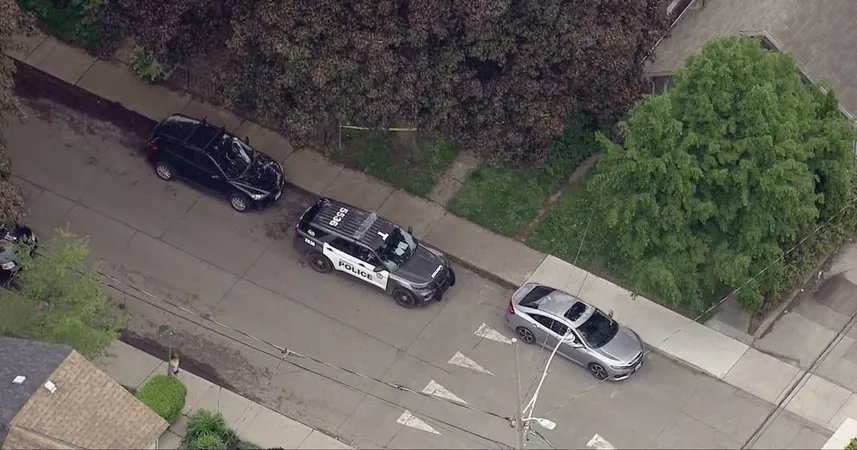

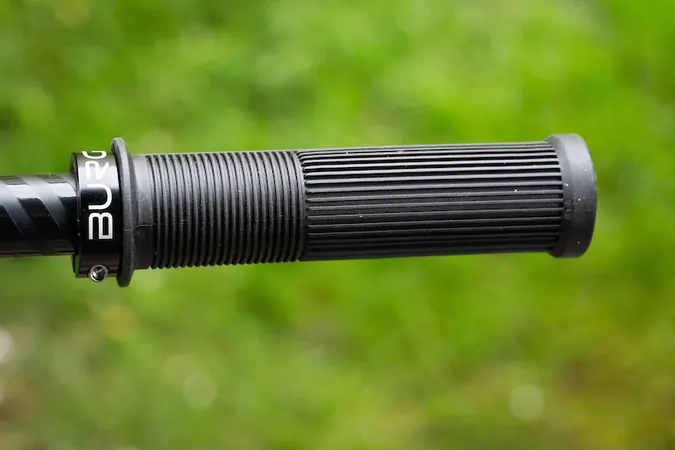
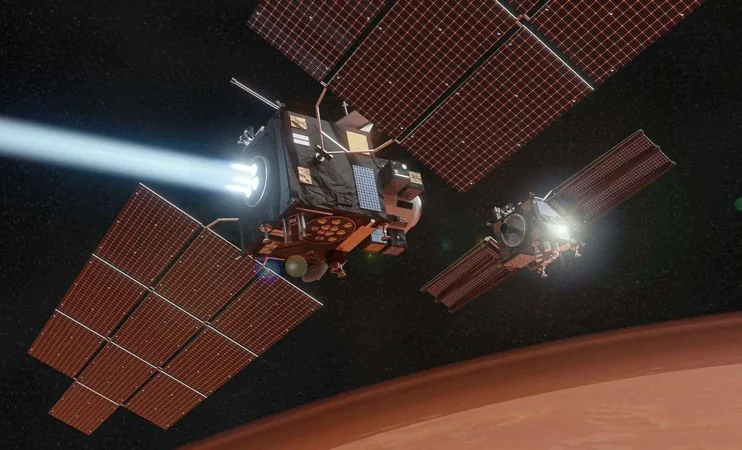

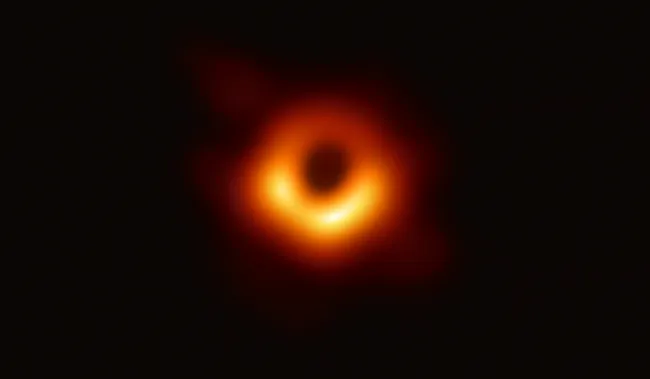


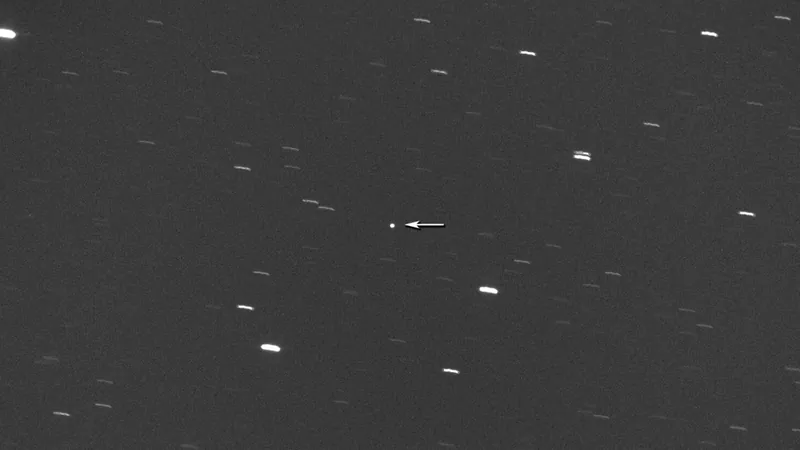
 Brasil (PT)
Brasil (PT)
 Canada (EN)
Canada (EN)
 Chile (ES)
Chile (ES)
 Česko (CS)
Česko (CS)
 대한민국 (KO)
대한민국 (KO)
 España (ES)
España (ES)
 France (FR)
France (FR)
 Hong Kong (EN)
Hong Kong (EN)
 Italia (IT)
Italia (IT)
 日本 (JA)
日本 (JA)
 Magyarország (HU)
Magyarország (HU)
 Norge (NO)
Norge (NO)
 Polska (PL)
Polska (PL)
 Schweiz (DE)
Schweiz (DE)
 Singapore (EN)
Singapore (EN)
 Sverige (SV)
Sverige (SV)
 Suomi (FI)
Suomi (FI)
 Türkiye (TR)
Türkiye (TR)
 الإمارات العربية المتحدة (AR)
الإمارات العربية المتحدة (AR)